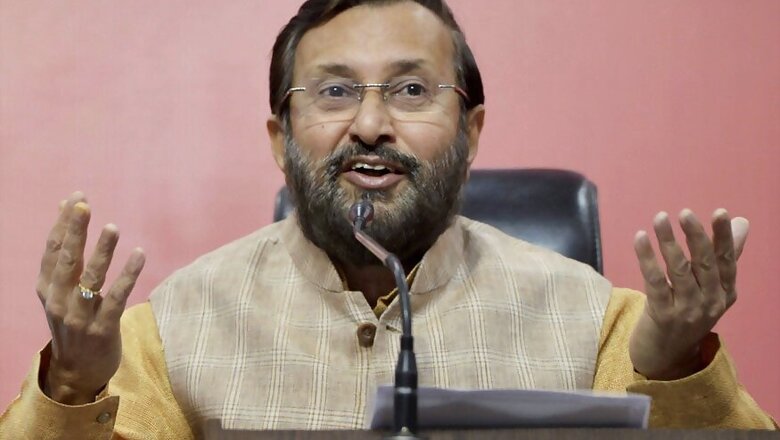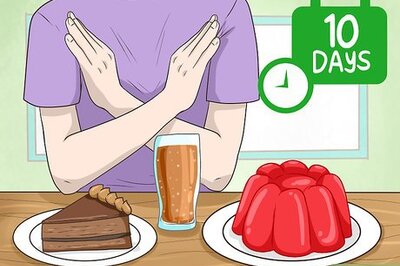
views
New Delhi: The enrolment of SC/ST and OBC students in higher education institutions rose for the fifth year in a row, while that of General category students dipped, shows a report released by HRD minister Prakash Javadekar on Friday.
The All India Survey on Higher Education (AISHE) shed light on admission patterns for 2016-17 at 44 central universities, 578 state universities (public and private), 130 deemed universities (public and private) and 100 institutes of national importance.
Of the total enrollments in 2016-17, 14.3% belonged to Scheduled Castes, 5.2% to Scheduled Tribes and 34.4% to Other Backward Classes — up from 12.8%, 4.4% and 31.2% in 2012-13, respectively.
The General Category students accounted for 46.1%, down from 51.6% in 2012-13. Overall, student enrollment went up by 18.3% for the academic season of 2016-17.
According to social scientist Shiv Visvanathan, the report is indicative of “inclusive education”. “It shows that education has become inclusive and competitive, and that reservation has kept SC/STs and OBCs going.” Vishwanathan said, “Electoral politics works more in favour of OBCs than the SC/STs.”
Gujarat MLA Kirit Patel, who was the convener of Hardik Patel-led PAAS said the dip in general category enrolment is why Patidars were agitating for quota. “This is why we are agitating. The general category is suffering because of the policies we have. There are no jobs for us in the government sector. So when there are no jobs for those in general category, they will move away from higher education.”
"With every year, various reports lend numbers to our agitation. General category is not getting any opportunity," Patel said.
Jat leader Yashpal Malilk, too, expressed similar concerns. “We wanted to be eligible for affirmative action benefits. The OBCs have 27% reservation, which is why their growth is rising. We don’t have similar opportunities. One way out is reservation,” said Malik whose quota agitation had brought Haryana to a standstill in February 2016.
The report also showed a marginal increase in the enrollment of Muslim students in higher education institutions to 4.90% in 2016-17, up from 4.15% in 2012-13. The admissions from other minority communities (Christians, Sikhs, Buddhists, Jains and Zoroastrians) also went up to 2.20%, up from 1.87% in 2012-13.
The academic year of 2016-17 also saw an increase in Gross Enrolment Ratio (GER) for the 18-23 age group. GER is an indicator how many of the eligible students in that particular age bracket actually got admission in higher education institutions.
“In 2014, the GER was 23%, but in 2017 it is 25.2%. There has been an increase and we will be able to achieve Prime Minister Narendra Modi’s goal of 30% GER in 2022,” Prakash Javadekar said referring to the PM’s vision of New India.
Tamil Nadu recorded the highest GER in the country at 46.9%, while Bihar recorded the least at 14.9%.
The Scheduled Castes showed a GER increase to 21.1% from 19.9% in 2015-16, while the Scheduled Tribes recorded 15.4% GER, up from 14.2% in 2015-16.




















Comments
0 comment